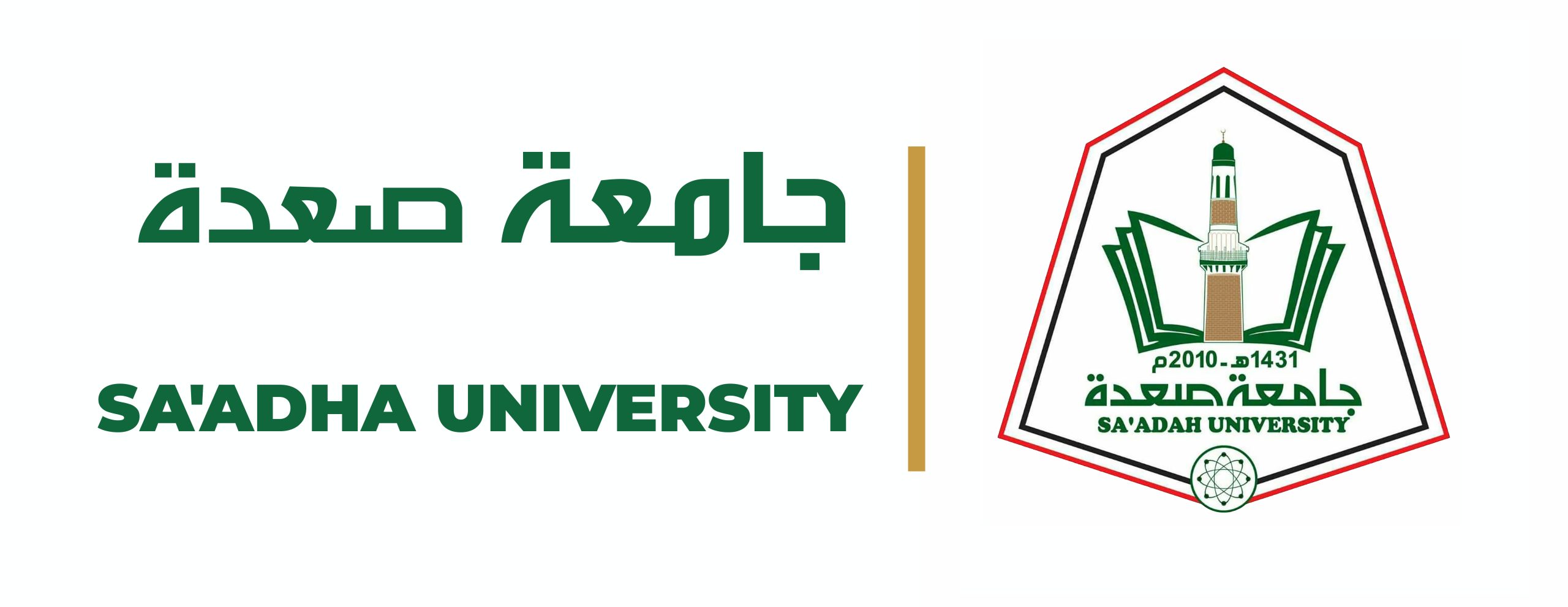تطبيق تقنيات الاستشعار عن بعد ونظم المعلومات الجغرافيّة في دراسة الوضع الحالي للبن العربيّ وتصوّر مقترح لتحسين كميّته ونوعيّته في اليمن
تطبيق تقنيات الاستشعار عن بعد ونظم المعلومات الجغرافيّة في دراسة الوضع الحالي للبن العربيّ وتصوّر مقترح لتحسين كميّته ونوعيّته في اليمن

